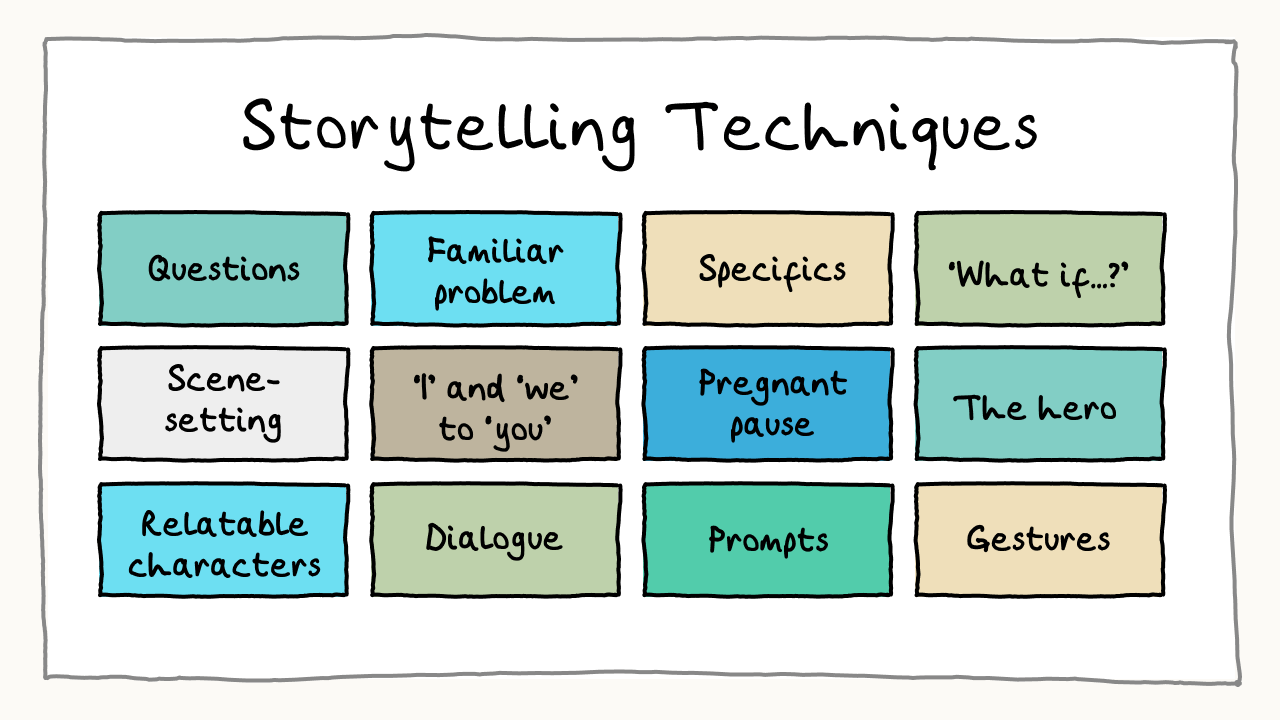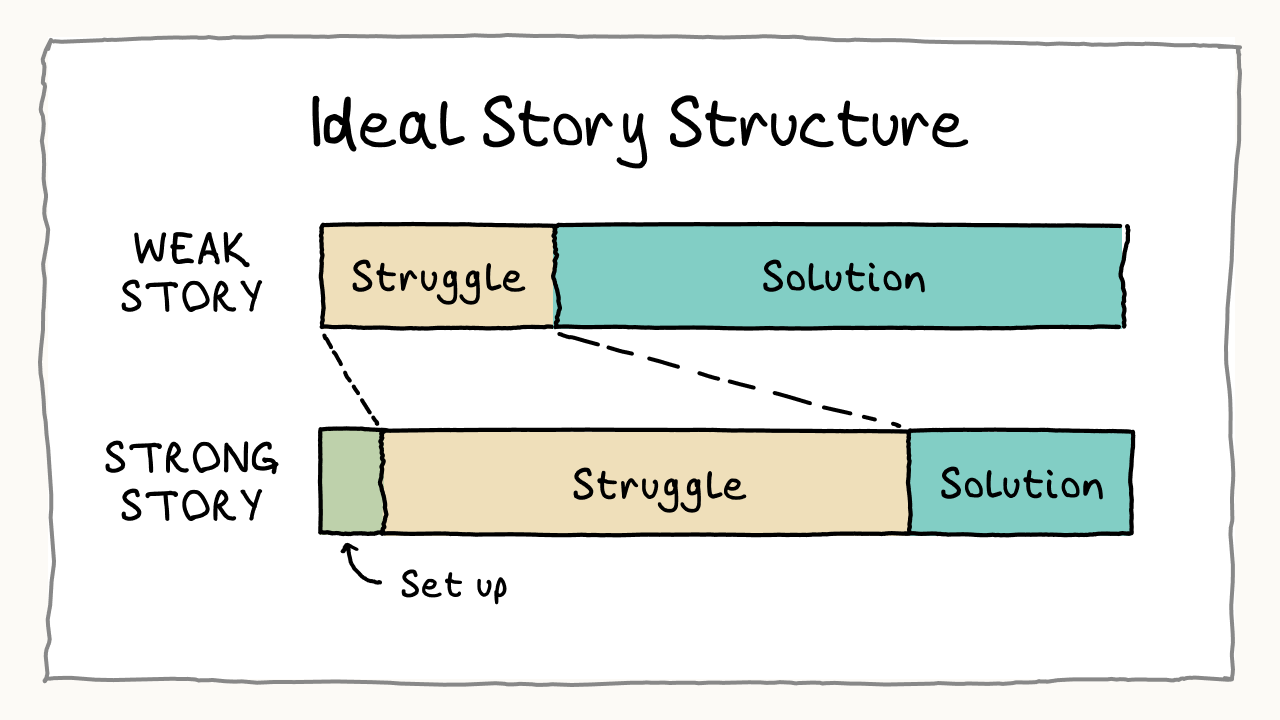Think about the last time you made a donation. Did you give because of statistics, data, or a spreadsheet? Probably not.
Chances are, you gave because of a story – a face, a name, or a moment that moved you emotionally.
This is the power of storytelling in fundraising. People give to people, not programs. A well-crafted story can inspire empathy, action, and (yes) donations. But here’s the catch: Not all stories are created equal.
In this guide, you’ll learn how to craft stories that grab attention, inspire action, and move donors to give. By the end, you’ll know:
- How to tell stories that center around your donors (not just your nonprofit)
- The essential elements of a compelling fundraising story
- Storytelling techniques to use on social media, emails, and live appeals

Why Storytelling Matters in Fundraising?
While data can support your story, it should never be the centerpiece. Why? Because stories activate empathy, while statistics activate logic. And in fundraising, logic rarely drives action – emotion does.
Here’s how storytelling benefits your fundraising:
- Builds trust: People want to connect with real humans, not faceless organizations.
- Creates urgency: A story with a ticking clock (“We need to raise $50K by Friday”) moves people to act.
- Drives action: A compelling narrative is 22x more memorable than statistics alone.
Example: Instead of saying, “1,000 students need school supplies,” tell the story of “Maria, a 9-year-old who’s starting school with nothing but an empty backpack.”
The 3 Elements of a Powerful Fundraising Story
Every great story has three core elements:
1. The Hero (The person at the center of your story)
Every story needs a hero, and spoiler alert – the hero is NOT your nonprofit.
The hero is the person (or animal, or community) you’re helping. It’s the individual that your donor can connect with emotionally. It’s someone with a face, a name, and a relatable struggle.
Example: If you’re a food bank, don’t tell the story of “the community.” Instead, tell the story of Luis, a father who lost his job and turned to the food bank to feed his kids.
How to do it:
- Name the hero (Don’t say “a 9-year-old girl” – say “Maria”).
- Include specific details (age, family, location) to make them real.
- Use photos or video when possible (visuals are 2x more powerful than text alone).
2. The Conflict (What problem needs to be solved?)
Every great story needs tension – something that pulls people in and makes them care. In fundraising, that tension is usually a problem that needs solving.
How to create conflict:
- Highlight the hero’s challenge (hunger, homelessness, or access to education).
- Make the stakes clear – what will happen if no one steps up to help?
- Create urgency (add time pressure, like “We have just 48 hours to meet our goal!”).
Example: Instead of saying, “We’re raising money for housing programs,” frame it as: “Without emergency housing, families like the Johnsons will have to sleep in their car tonight.”
3. The Resolution (How the donor can be the hero)
This is where most nonprofits go wrong. They think they (the nonprofit) should be the “hero” of the story. But in reality, the donor should be the hero.
Donors want to feel like their actions matter. Your job is to show them how their donation creates the resolution.
How to create a resolution:
- Show how the donor’s gift can “save the day.”
- Be clear about the impact (like “Your gift of $25 provides 5 meals”).
- End on a hopeful, positive note (like, “With your help, Maria can start school with everything she needs to thrive.”).
Example: “You can be the reason Luis’s family eats tonight. Your $50 gift puts fresh, healthy food on the table.”

How to Tell a Great Story (Step-by-Step Formula)
Here’s a simple 5-step story structure you can use for your nonprofit communications.
1. Introduce the Hero (Make Them Relatable)
Start with a person (not a concept). If possible, include a name, photo, and age. Use the first line to “hook” your audience.
Example hook: “Meet Maya, a 10-year-old who started the school year without a single notebook in her backpack.”
2. Introduce the Problem (Create Tension)
Now, introduce the challenge. This is where you build empathy. What’s going wrong? What’s the obstacle?
Example: “With rent rising and wages stagnant, Maya’s mom couldn’t afford school supplies this year. Maya walked into class on day one feeling embarrassed and unprepared.”
3. Add Urgency (Why Must the Donor Act Now?)
Use a time limit, deadline, or sense of “now or never” to drive urgency.
Example: “Right now, 250 kids in our community face the same challenge. But with your help, we can change that before the end of this week.”
4. Show the Transformation (Where Will the Money Go?)
This is where you introduce the “resolution.” What happens if someone gives? How will the hero’s story change?
Example: “For $25, you can fill Maya’s backpack with notebooks, pencils, and everything she needs to feel ready to learn.”
5. Call-to-Action (Make It Clear and Specific)
End your story with an explicit call-to-action. Don’t be vague. Use a specific, action-oriented ask.
Example: “Be the reason Maya feels ready for school. Click here to donate $25 and change her story.”

Where to Use Storytelling in Your Fundraising
Your story isn’t just for one place – it should be everywhere. Here’s how to use stories across different fundraising channels:
On Your Website
- Add an impact story to your donate page (with a real photo!).
- Use video storytelling on your homepage.
Email Appeals
- Make your emails all about one person (not a big list of stats).
- Use a strong subject line, like “Maya Needs Your Help Today.”
Social Media
- Post a photo-first story on Instagram or Facebook with a caption that follows the 5-step story structure.
- Run TikTok and Instagram Reels that feature mini-stories.
Live Events & Speeches
- Use a live storytelling appeal (with a real person) during the donation portion of your event.
- Open your event with a story – it’s way more effective than “Thank you for coming.”
Storytelling Mistakes to Avoid
Making it all about the nonprofit. The donor or the person you serve, not the nonprofit, should be the “hero” of the story.
No clear call-to-action. If you don’t tell donors what to do next, they won’t act.
Using abstract language. Don’t say “thousands of kids” – say “Maya, a 10-year-old girl.”
Final Thoughts: Stories Drive Giving, Not Stats
Data informs. Stories inspire. If you want to move people to give, don’t just tell them why you need help – show them. Put a face, name, and challenge at the heart of every appeal.
Action Step: Write a mini-story this week. Identify one person you’ve helped, and craft a story using the 5-step structure. Share it on social media, via a newsletter, and on your website.
